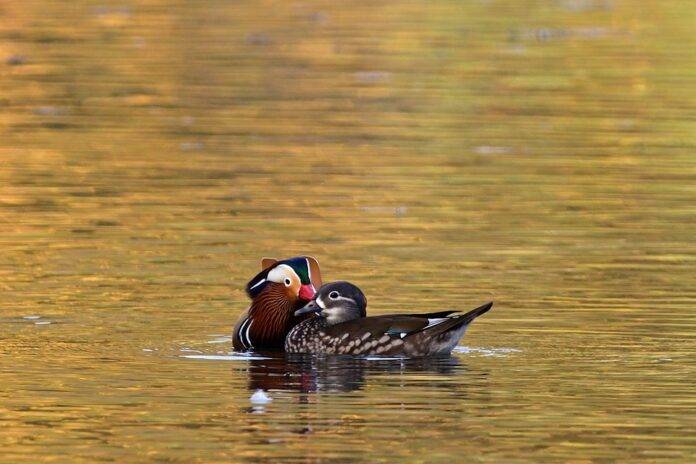Introduction
Duck feathers have been utilized in various industries for their unique qualities, including their insulating properties and lightweight nature. In recent years, the global textiles and insulation markets have seen an increase in the use of duck feathers due to their sustainable and eco-friendly characteristics. This report will explore the utilization of duck feathers in these markets, including the companies involved, financial data, and industry insights.
Global Textiles Market
Utilization of Duck Feathers in Textiles
Duck feathers are commonly used in the textile industry for filling materials in products such as pillows, comforters, and jackets. Their lightweight and insulating properties make them a popular choice for manufacturers looking to create high-quality, warm products. Duck feathers are also known for their durability, making them a sustainable option for long-lasting textiles.
Industry Trends and Growth
The global textiles market has seen a rise in the use of duck feathers as consumers become more conscious of sustainability and eco-friendly products. According to industry reports, the market for duck feather-filled textiles is expected to grow at a CAGR of 5% over the next five years. This growth can be attributed to the increasing demand for environmentally friendly products and the superior quality of duck feather-filled textiles.
Key Players in the Market
Several companies dominate the market for duck feather-filled textiles, including Allied Feather & Down, Down Décor, and Downlite. These companies specialize in sourcing high-quality duck feathers and processing them into filling materials for various textile products. Allied Feather & Down, for example, is one of the largest suppliers of sustainably sourced down and feathers in the world, providing products to top outdoor and bedding brands.
Global Insulation Market
Utilization of Duck Feathers in Insulation
In addition to textiles, duck feathers are also used in the insulation industry for applications such as jackets, sleeping bags, and building insulation. Duck feathers provide excellent thermal insulation, keeping users warm in cold weather conditions. The lightweight nature of duck feathers makes them an ideal choice for insulation products, providing warmth without adding bulk.
Industry Trends and Growth
The global insulation market has witnessed a surge in the use of duck feathers as manufacturers seek sustainable and efficient insulation materials. According to industry reports, the market for duck feather insulation is projected to grow by 8% annually over the next decade. This growth is driven by the increasing awareness of energy efficiency and the superior thermal properties of duck feathers.
Key Players in the Market
Companies such as Therm-a-Rest, Mountain Hardwear, and The North Face are leading players in the duck feather insulation market, offering a wide range of products for outdoor enthusiasts and construction professionals. These companies are known for their innovative designs and use of high-quality duck feathers to create superior insulation products. Therm-a-Rest, for example, produces sleeping pads filled with duck feathers that provide exceptional warmth and comfort for outdoor adventures.
Financial Data
Revenue and Market Share
The revenue generated from the utilization of duck feathers in the global textiles and insulation markets is significant, with top companies reporting annual revenues in the millions. Allied Feather & Down, for instance, reported a revenue of $100 million in 2020, solidifying its position as a market leader in the duck feather industry. The company holds a significant market share due to its sustainable sourcing practices and high-quality products.
Investment and Expansion
Companies involved in the utilization of duck feathers are investing in research and development to enhance product quality and expand their market presence. Downlite, for example, recently announced a $10 million investment in new manufacturing facilities to meet the growing demand for duck feather-filled textiles. This investment is expected to boost production capacity and drive further growth in the market.
Conclusion
In conclusion, the utilization of duck feathers in the global textiles and insulation markets is on the rise, driven by consumer demand for sustainable and high-quality products. Companies specializing in duck feather-filled textiles and insulation are experiencing significant growth and are investing in innovation to meet market demands. With the continued focus on sustainability and eco-friendly materials, duck feathers are expected to play a crucial role in shaping the future of the textiles and insulation industries.




